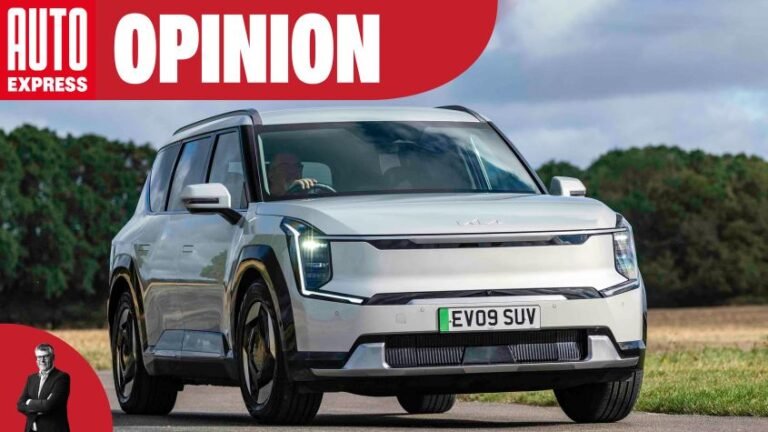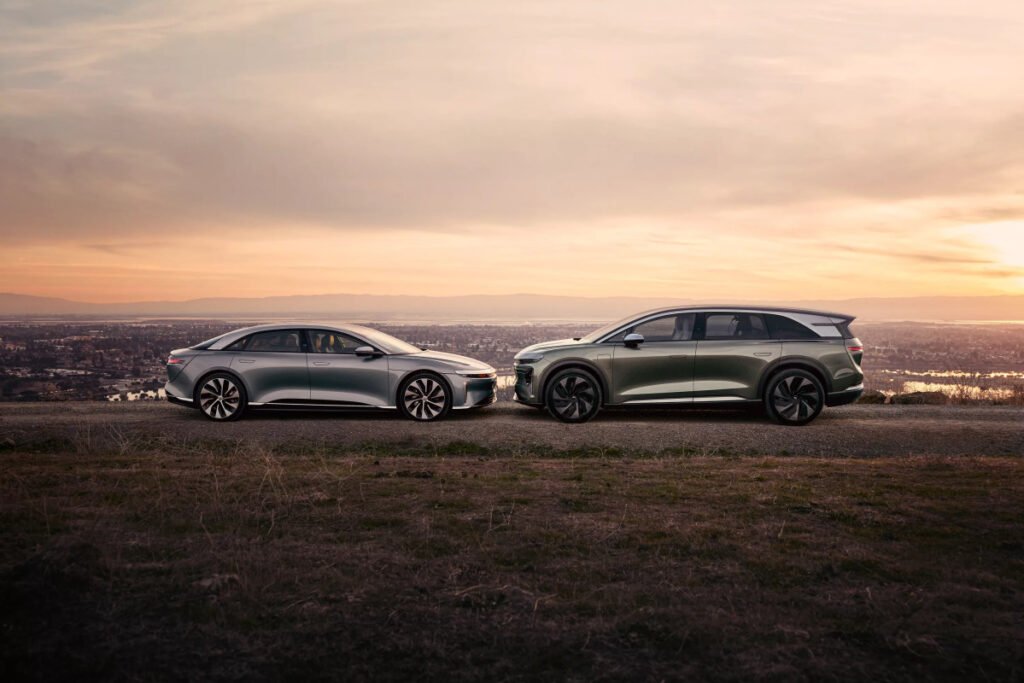
A record quarter driven by expiring incentives
Lucid Motors just posted its best quarter ever. The luxury EV startup delivered 4,078 vehicles in the third quarter of 2025, marking its seventh consecutive delivery record and a 46% year-over-year increase. It’s a sign that Lucid’s long-awaited production ramp is finally gaining traction — though the timing might have had more to do with tax credits than a sudden surge in demand.
Lucid wasn’t alone in its success. EV makers across the board — including Tesla, Ford, GM, and Rivian — reported blowout quarters as buyers raced to secure the $7,500 federal EV tax credit before it expired on September 30. Industrywide, EV sales hit an all-time high, with over 410,000 units sold in Q3, according to Cox Automotive. Tesla delivered nearly 500,000 vehicles globally, and Ford and GM each saw record-breaking EV quarters.
Lucid’s deliveries rose 23% from Q2, bringing its total for the year to 10,496 vehicles. That growth is encouraging, but it’s still a small figure compared to mainstream automakers — and far from the scale needed to turn a profit.
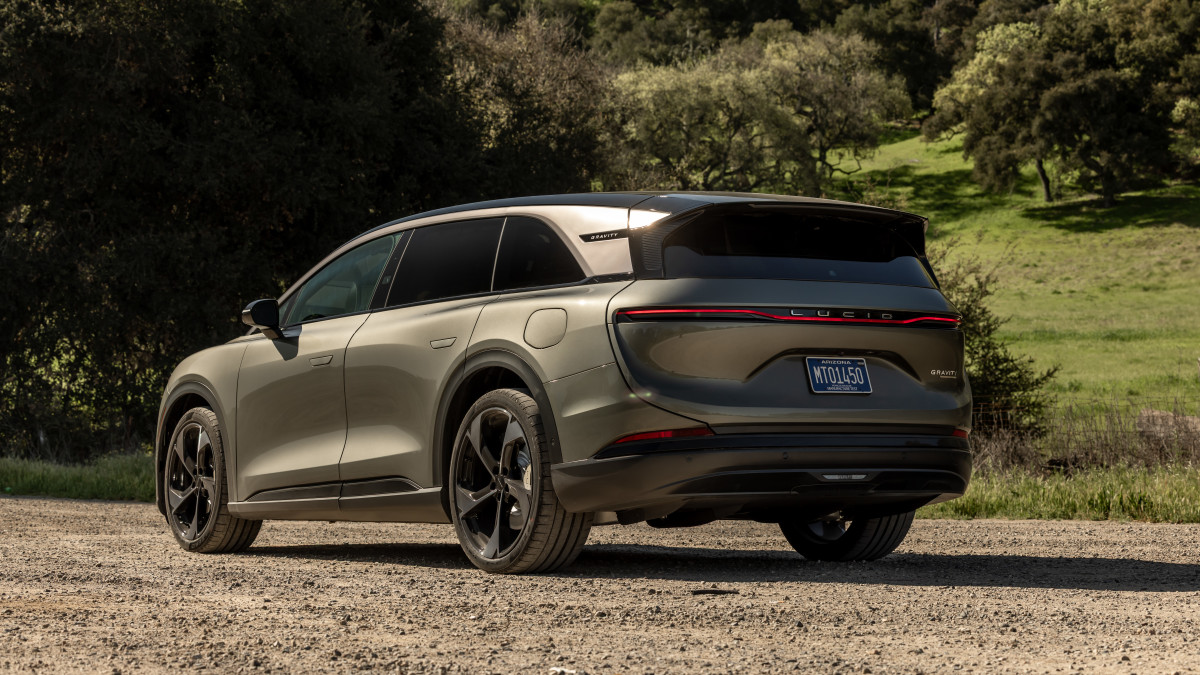
The Gravity SUV is finally taking shape
The uptick in deliveries likely reflects the gradual ramp-up of the Gravity SUV, Lucid’s second model after the Air sedan. Production began late last year at its Arizona facility, and CEO Peter Rawlinson says the company made “significant progress” in Q3 thanks to the addition of a second production shift.
Executives see the Gravity as Lucid’s ticket to a broader audience. The company says the three-row SUV represents six times the addressable market of the Air, tapping into America’s ongoing love affair with large, luxury SUVs. Lucid is leaning hard into marketing, too — including a glossy campaign starring Timothée Chalamet — and the company’s recent deal to supply 20,000 Gravity SUVs to Uber for an autonomous taxi partnership could help sustain demand.
Production challenges and market headwinds
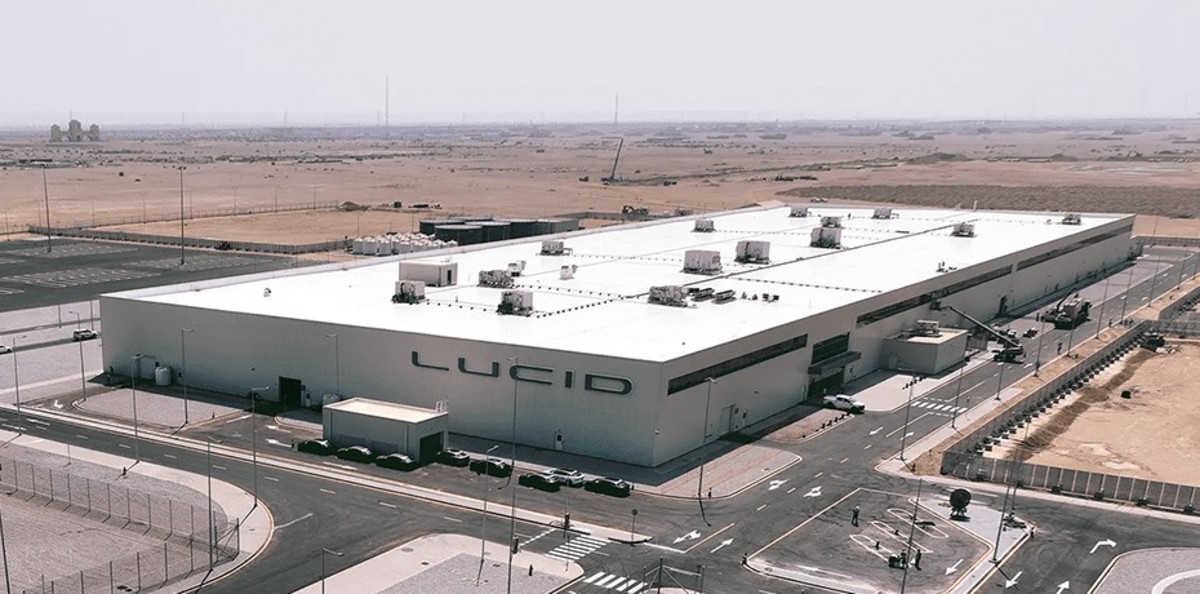
Lucid
Still, production hasn’t been seamless. The Gravity rollout was slowed earlier this year by supply chain issues, including a shortage of Chinese permanent magnets that hit automakers industrywide. Lucid’s 2025 production forecast now stands between 18,000 and 20,000 vehicles, slightly below earlier targets. Analysts expect the final figure to come in closer to 17,800.
Those numbers highlight Lucid’s biggest problem: scale. Despite technological praise for the Air and Gravity, Lucid’s high costs and limited production capacity make profitability elusive. The company has turned to discounts and lease deals to attract customers, especially as high interest rates make luxury EVs harder to sell.
After the rush, a likely slowdown
The expiration of the federal tax credit could also bring Lucid’s momentum to a halt. Many buyers accelerated purchases to claim the incentive, which means the fourth quarter could be weaker across the EV industry.
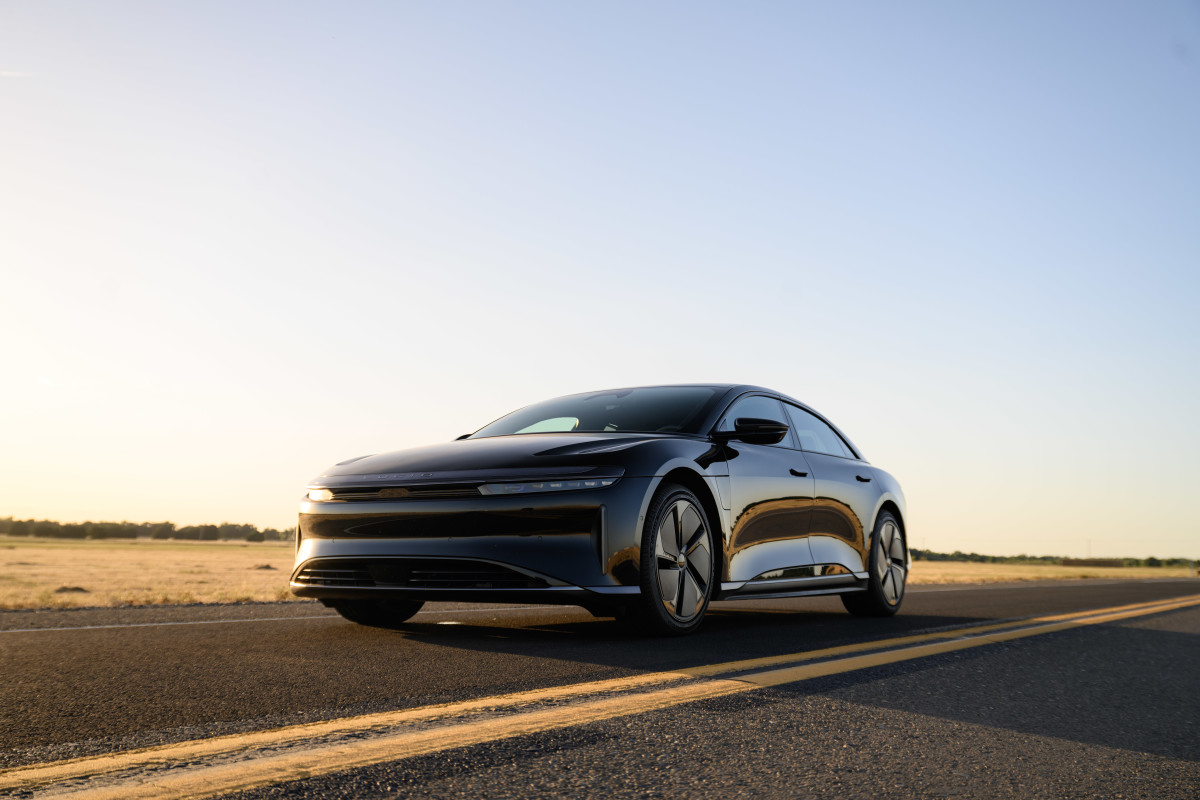
Ryan Brackin
Lucid’s vehicles didn’t qualify for the full credit on cash sales, but the company creatively structured leases to pass the savings along — a strategy that worked well while the incentive lasted. Without it, Lucid faces a tougher uphill battle to maintain demand.
Final thoughts
Lucid’s future depends on whether it can scale the Gravity fast enough to reach a sustainable volume and price point. The company’s next big play — a mid-size EV expected to start around $50,000 — could help broaden its customer base if it arrives on schedule.
For now, Lucid’s record quarter offers genuine signs of progress after years of delays and skepticism. But the real test will come once the market adjusts to life without federal incentives. The Gravity may have given Lucid a lift, but staying aloft will require more than just a strong quarter.
